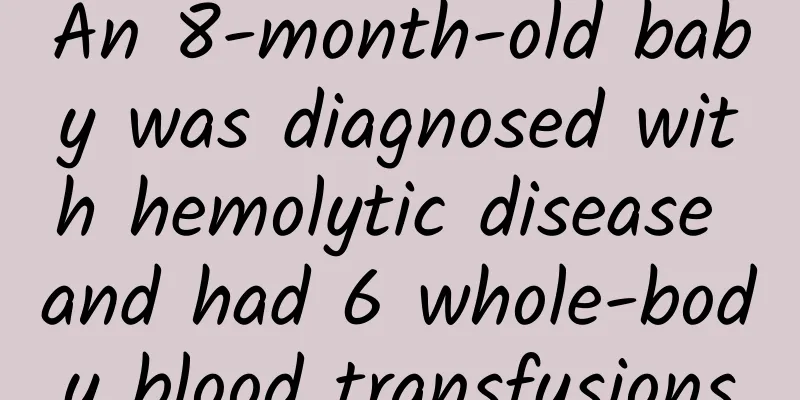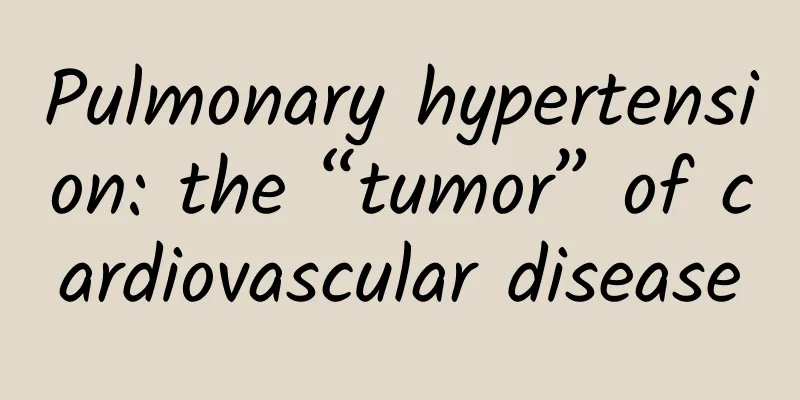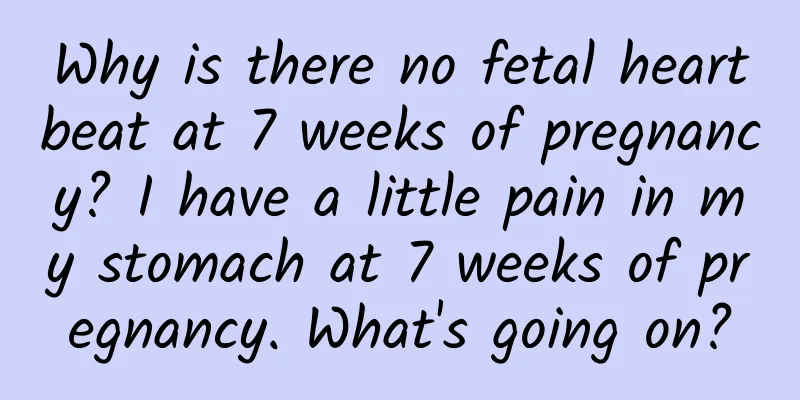An 8-month-old baby was diagnosed with hemolytic disease and had 6 whole-body blood transfusions

|
Science Fiction Network, January 19 (Jin Kaiyi) Recently, an 8-month-old baby had a swollen belly and yellow-green skin. He was diagnosed with hemolytic disease and underwent 6 blood transfusions. The doctor said he only had half a month to live, but the child gradually got better after treatment, and his parents spared no effort to take him to treatment. The mother said that the child had been hospitalized 8 times and ICU 4 times because of convulsions, but she was still determined to treat the child. Hemolytic anemia is anemia caused by an increase in the rate of red blood cell destruction (shortened life span), which exceeds the compensatory capacity of bone marrow hematopoiesis. The causes of accelerated red blood cell destruction can be summarized as intrinsic defects of red blood cells themselves and abnormalities of external factors of red blood cells. The former is mostly hereditary hemolysis, while the latter causes acquired hemolysis. There are many clinical classification methods for hemolytic anemia. According to the onset and condition, it can be divided into acute and chronic hemolysis. According to the site of hemolysis, it can be divided into intravascular hemolysis and extravascular hemolysis. Although there are many types of hemolytic anemia, they all have certain common characteristics. The clinical manifestations of hemolytic anemia are mainly related to the duration of the hemolysis process and the severity of hemolysis. Chronic hemolysis is mostly extravascular hemolysis, which develops slowly and manifests as anemia, jaundice, and splenomegaly. Since long-term hyperbilirubinemia can affect liver function, patients may suffer from cholelithiasis and liver damage. Acute hemolysis develops rapidly, and large amounts of hemolysis in a short period of time causes chills, fever, headache, vomiting, pain in the limbs, back, and abdomen, followed by hemoglobinuria. In severe cases, acute renal failure, peripheral circulatory failure, or shock may occur. Jaundice, pale complexion, and other symptoms and signs of severe anemia will follow. Whether hemolysis can be cured depends on the cause of the hemolysis. Hemolysis caused by abnormalities in the red blood cells themselves generally cannot be cured, but hemolysis caused by external abnormalities in the red blood cells may be cured. |
>>: To prevent myocarditis, coenzyme Q10 is snapped up! Who is behind the sudden popularity?
Recommend
Can I have sex on the 5th day of my period?
It is not recommended for women to have sex durin...
Why does my period come early every month?
Early menstruation is a common phenomenon among w...
Female breasts without underwear
For women, many of them hope to have a good figur...
What is normal vaginal discharge for women?
Nowadays, women have a better understanding of me...
Oral ulcers are not as simple as lack of vitamins!
Speaking of oral ulcers, many people are familiar...
Is it possible to have a caesarean section 10 days in advance?
Whether to give birth on time at full term or by ...
Six days after sex, my lower abdomen swelled
Many girls feel a little uncomfortable in their s...
Why can I take the long-term driver's license test again if my driver's license is revoked? Will I be downgraded after the points are deducted?
We often see reports of traffic accidents. The dr...
The "crystal" color continues to give cataract patients a bright "vision"
Author: Liu Huina, Yulin Second Hospital, Shaanxi...
Pain in the genital area during menstruation
During menstruation, many female friends will fee...
The best anti-aging method for women
Nowadays, many people are looking for anti-aging ...
How long in advance is the best time to have a caesarean section?
I believe that caesarean section is not unfamilia...
Is it really better to wear a tighter sports bra? The answer is not what you think!
Myth: "When wearing a sports bra, a tighter ...
“Why didn’t the dentist give me dental implants?” Why are dental implants related to the nose?
Before reading the article, listen to an original...









